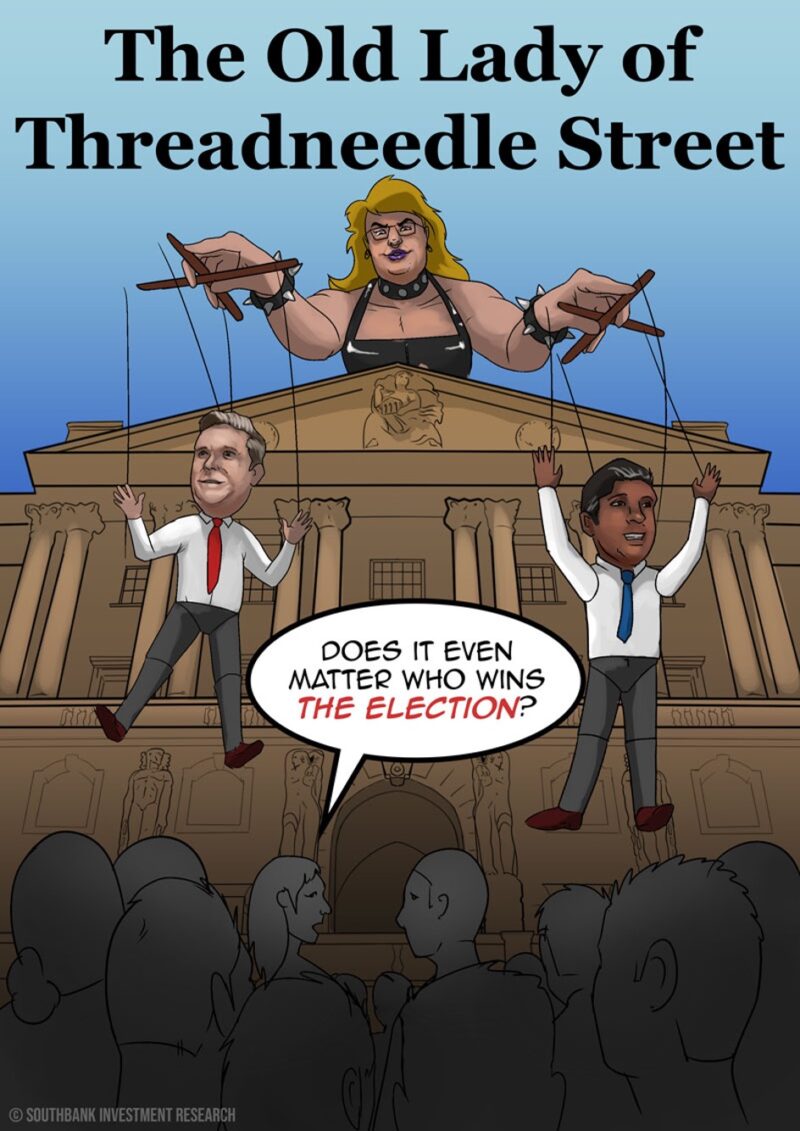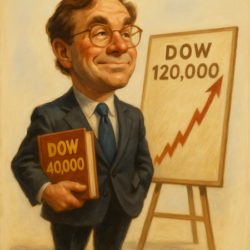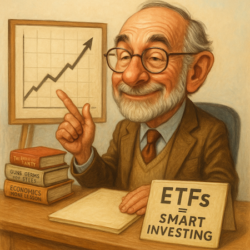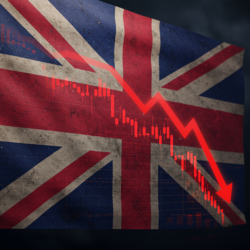In today’s issue:
- The Trump tariffs are here
- Retaliation is taking place around the world
- Investors need to take action, now
It’s getting real now.
President Trump was spoiling for a fight and now he’s got not just one, but several. Tariffs are being introduced or, where they already were, are going up. There is retaliation planned all around.
No country or industry is going to be spared. And since most business today is global, the cost of doing business is going up – everywhere.
Affected companies everywhere are going to have to come to terms with a new form of what might euphemistically be called “friction”.
They’re going to need to make difficult choices regarding how to keep their supply chains intact and economic. They going to need to decide whether to accept lower margins in exchange for holding market share, or to pass these new friction costs on to their customers.
In most cases, it will be some combination of the two. And that combination will likely change over time as companies struggle to re-optimise operations for a world now de-globalising.
It goes without saying that all of the above is going to damage profitability. In some cases, it is going to cause distress and even bankruptcy.
As investors, we need to see all this for what it is.
It might take the financial markets some time to figure it out. Markets are driven by expectations, estimates, hope, greed, fear… A volatile mix of data, reason and emotion that is impossible to model or predict.
The world may evolve, but human nature doesn’t change. That is why history is anything but “bunk”, rather the most useful guide we have to the future.
And so, what does history instruct about the impact of trade wars on the financial markets?
How about this chart:
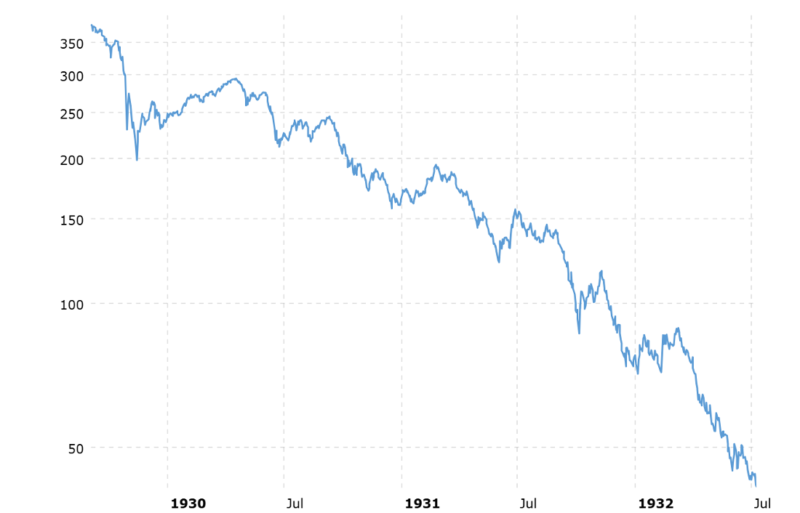
Source: Macro Trends
The above is a log chart of the Dow Jones Industrials index from October 1929 to July 1932. It shows a decline of some 90%.
Although economic historians can only speculate as to what exactly sparked the crash, I’ve offered my thoughts in these pages prior:
Economic historians sometimes scratch their heads and wonder why the US stock market collapsed so suddenly in October 1929.
As someone with a background in economic history, I have an idea. Congressmen Smoot and Hawley had proposed a general tariff on imports some months prior.
The markets weren’t so concerned because they didn’t think it would pass the Senate, even though the House had already approved a version of the bill.
But in October, a key senator went from opposing to supporting the tariff, making it likely that it would pass through committee and be put to a general vote. In the meantime, public support for the tariff had increased.
Now, the market was spooked. Stocks began to decline, slowly at first, but a few days later the crash came.
Is the same going to happen this time round?
Probably not. History doesn’t exactly repeat, although it does rhyme.
One key difference between then and now is that, when the market crashed in 1929, the US was on the gold standard. The Federal Reserve couldn’t just create more dollars out of nowhere.
Oddly enough, however, at the time gold was flowing into the US from abroad, as US assets offered higher returns than those available elsewhere. In principle, that would have allowed the Fed to create more dollars.
But they didn’t. Economists Milton Friedman and Anna Schwartz, in their work A Monetary History of the United States, would thus blame the US Federal Reserve for causing the Great Depression.
While that view is disputed, the economic and monetary policy mainstream of today generally hold that, as long as central banks print enough money in a crisis, such calamities can be avoided or at least mitigated to some extent.
I’m less sure. Throwing money around seems all too easy. But if all you have is a hammer printing press, everything looks like a nail liquidity problem.
However, as per above, as investors we need to base our decisions on the world as it is. And this means, almost certainly, that any corporate or general economic or financial market distress brought about by the trade wars is going to be addressed by central banks printing more money.
Other factors equal, that’s inflationary. It will temper any declines in the stock market, if not necessarily prop them up. But hey, perhaps the Fed, the Bank of England, the ECB, perhaps even the BoJ will go full Zimbabwe in time.
So, what’s an investor to do? How does one invest if there is this unknown, binary outcome of the market either crashing due to the trade wars or soaring due to hyperinflation?
Two words: buy gold.
Gold doesn’t care. It’s a rock after all. It will preserve purchasing power regardless of what policy levers are being pulled in whichever way by the wizards behind the curtains.
Here in the UK, that would be Andrew Bailey. In case you missed it, here’s a Southbank cartoon drawn last year helping to illustrate not only that Mr Bailey is pulling the levers but, quite possibly, the marionette strings of His Majesty’s Government too.
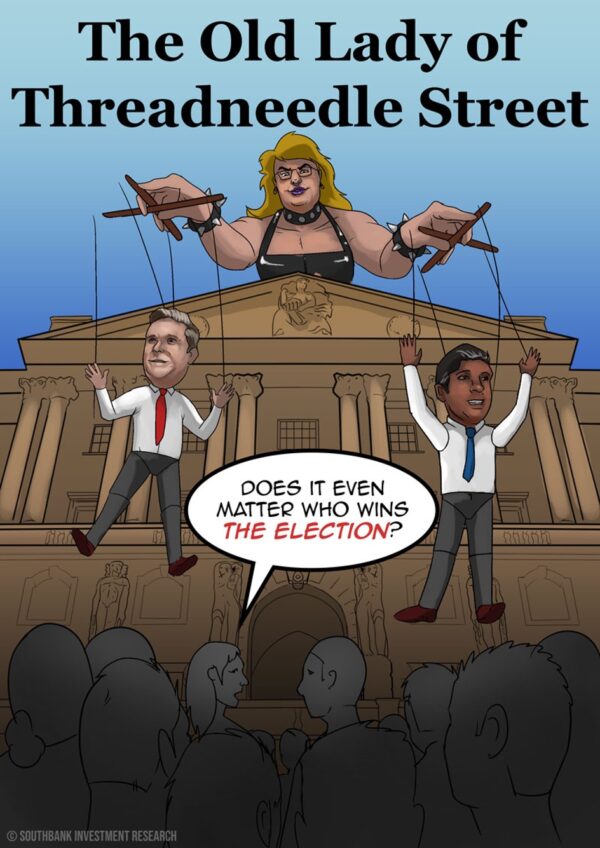
Until next time,
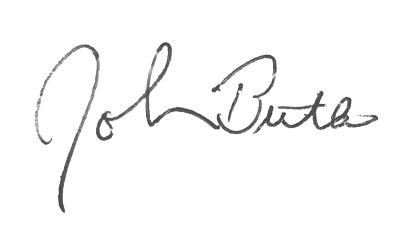
John Butler
Investment Director, Investor’s Daily
Sea of Red
Bill Bonner, somewhere in the North Atlantic
Most Holy Spirit, who didst brood
upon the chaos dark and rude,
and bid its angry tumult cease,
and give, for wild confusion, peace:
O hear us when we cry to thee
for those in peril on the sea.
– Traditional Hymm
Bon Voyage!
A man in a wheelchair, pushed by his gray-haired wife, rolled into the dining hall. Already, there were hundreds of people, similarly aged, having dinner. The staff – almost all from the Philippines, rushed from one table to another.
We’re on our way back to the Old Country… back to Ireland, that is.
And we’re headed back the old way… on the sea instead of in the air.
The Queen Mary was leaving New York at a convenient time, so we signed on.
Here’s the view as we cast off… looking out from the Brooklyn Maritime Terminal.
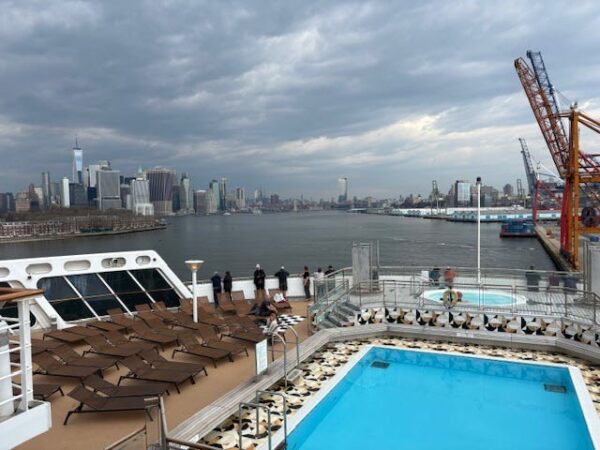
Source: Bill Bonner
You arrive at the terminal. Luggage handlers quickly take your bags while you join a long line of people waiting to go through security and check-in. This is not a luxury experience. Maybe it would be different if we had signed up for one of the upper-deck suites. But they were sold out… so we waited in line.
Once aboard, the atmosphere is not exactly high-tone either. The décor is vaguely art deco…but a little garish, like Las Vegas, with vivid colors and Trump-style, oversized columns and staircases. The cabins (at $2,200) are small, but comfortable. The price seems too low… for an 8-day cruise. But you soon realize that there are many ways to spend money aboard.
The main restaurant is a huge eatery…where you are seated at large tables with other sojourners. Some people like the communal approach. They make friends and enjoy the company, organizing themselves for drinks or card games later.
Your editor, however, makes a poor dinner companion. Others are rarely interested in the decline of the late, degenerate empire. (Neither is he, but it is his only subject of conversation.)
We will be on the ship for eight days on our way to Southampton, UK. Stay tuned…
Meanwhile…
When your boat is sinking, you either bail it out… or buoy it up. Cut spending… or increase income.
When you have too much debt, those are the only two choices available.
Neither of them appeals to Republicans. Or Democrats. Spending more than they can afford has become a habit. And not one they want to give up. It buys them votes. And campaign contributions. And sinecures.
But doom approaches as they neither bail nor buoy. Spending goes up, while Donald Trump cuts taxes. The Committee for a Responsible Federal Budget:
Tax Cut Extensions Would Add $37 Trillion to Debt by 2054
In a recent letter, the Congressional Budget Office (CBO) estimated that extending and reviving various provisions from the Tax Cuts and Jobs Act (TCJA) would boost debt in Fiscal Year (FY) 2054 from 166 percent of Gross Domestic Product (GDP) under CBO’s March 2024 baseline to 214 percent of GDP, on a dynamic basis.
Based on these estimates, we find that extending the TCJA would add over $37 trillion to the debt over the next 30 years, including $4.5 trillion over the next ten years and $15.0 trillion over the next 20 years. In real 2031 dollars – adjusted for inflation to be roughly comparable to the ten-year score – we estimate the extensions would add $23.5 trillion to the deficit over the next three decades, the equivalent of 2.4 percent of GDP.
How can this make sense?
The politicians must have prescription-quality rose-colored glasses to protect tender eyes from the glaring danger. They say the tax cuts, along with lower oil prices from their ‘Drill baby Drill’ energy policy, will lift growth rates enough to compensate. Yes, a Golden Age will soon be upon us.
Or maybe not. As to the growth, Washington’s own ‘Congressional Budget Office’ has its doubts. Associated Press:
Weak population gains and increased government spending will result in slower overall economic growth over the next 30 years, the nonpartisan Congressional Budget Office said Thursday.
The CBO’s latest long-term budget and economic outlook report — for a timeframe that spans 2025 to 2055 — projects publicly held debt to reach 156% of gross domestic product, or GDP, in 2055. That’s down from the agency’s March 2024 long-term budget projection, which said publicly held debt would be equal to a record 166% of American economic activity by 2054.
The mix of slower population growth and unfettered spending will also result in weaker economic growth over the next three decades than what the CBO projected last year. Lower birthrates also mean that the United States is becoming more dependent on immigrants working to sustain growth.
Let’s see… lower tax collections… lower growth… more debt. What to make of it?
We won’t mention it to anyone here on the ship. But it sounds like we will all soon be ‘in peril on the sea.’
Regards,

Bill Bonner
Contributing Editor, Investor’s Daily
For more from Bill Bonner, visit www.bonnerprivateresearch.com
